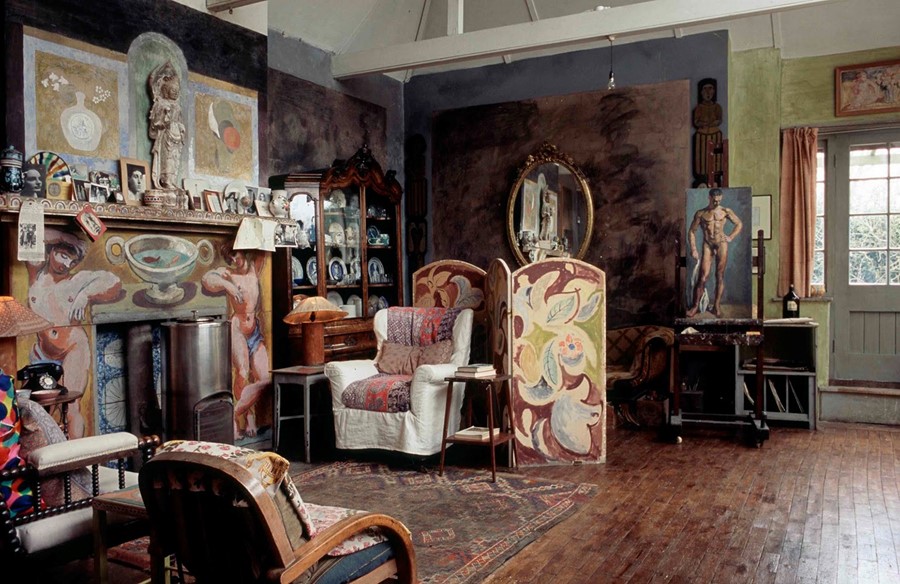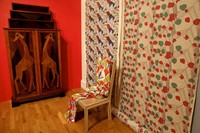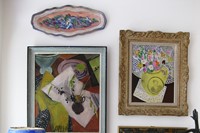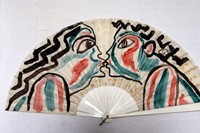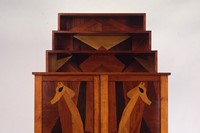Best known for their unconventional personal lives, a new exhibition reveals that the Bloomsbury Group artists were also prolific designers of furniture, ceramics and printed textiles
For the first time in 50 years, rare Bloomsbury interiors designed by artists Vanessa Bell, Roger Fry and Duncan Grant, and reassembled from public and private collection across the country, have been brought together to celebrate Bloomsbury’s wider contribution to Britain’s early 20th-century avant-garde.
From the abstract to the figurative, inspired by natural forms as well as geometric patterning, Bloomsbury’s broad artistic sensibility was a particularly English response to modernism. Academic Noel Annan described Bloomsbury as the English avant-garde of their era, whilst art historian Simon Watney calls them "pioneers […] of the most important and attractive aspects of modern British life". United by a democratic belief that fine art should inhabit everyday spaces, the ‘Bloomsberries’ believed that the same attention should be lavished on the design of carpets or fire-grates as had traditionally been lavished on the design of a painting or sculpture.

1. Influences
Bloomsbury artists and designers were influenced by almost everything they saw: Italian Renaissance frescoes, 18th-century neo-classical interiors, Portuguese tiles, Cézanne’s proto-cubist abstractions, the fauvists' colour experiments, English arts and crafts motifs and the pure geometric forms of Islamic design. Founding the Omega workshop in 1913, Vanessa Bell, Roger Fry and Duncan Grant set about designing furniture, carpets, textiles, ceramics, mirrors and light-fittings. And despite its closure in 1919, the Omega’s liberated modern style became hugely influential in the following decades.
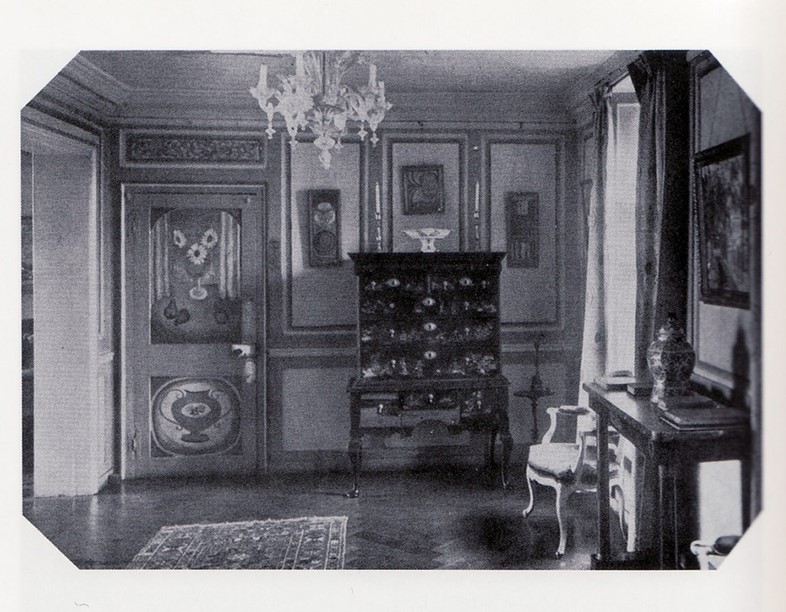
2. Patrons
With a predominantly high-profile Bohemian clientele during the 1920s and 30s, Bell and Grant further synthesised their diverse influences with touches of surrealism and art deco to gain some important public and private commissions. Notable later commissions came from Bell’s sister, the writer Virginia Woolf, the economist John Maynard Keynes, American artist Ethel Sands and socialite Lady Dorothy Wellesley. Several of these ‘Bloomsbury rooms’ were photographed by contemporary magazines such as Vogue and The Studio, but due to changes in taste and wartime bombing few Bloomsbury interiors from the 1930s and 40s have survived intact. Bell and Grant, however, were their own greatest patrons: their home, a Charleston farmhouse in East Sussex, remains to this day the greatest showcase of their unique sense of style.
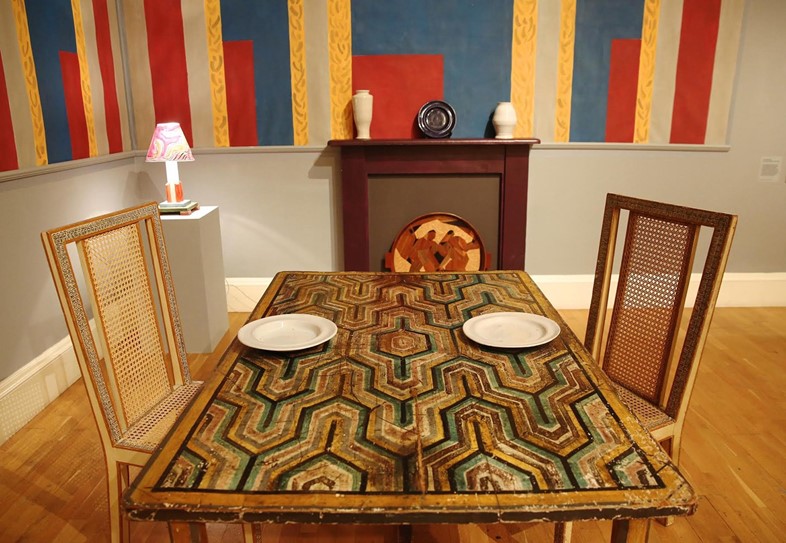
3. Furniture
From simple rustic arts and crafts-inspired chairs and tables to highly crafted art deco-inspired desks and cabinets, Bloomsbury furniture was first and foremost a delight for the eye. Well made and functional, it was decoratively conceived in a direct and tactile way where all primary surfaces were inscribed with natural motifs, dancing figures and repeating patterns of colour and form. Perhaps the first ‘up-cyclers’, Bell and Grant couldn’t stop painting all over the furniture they already owned.
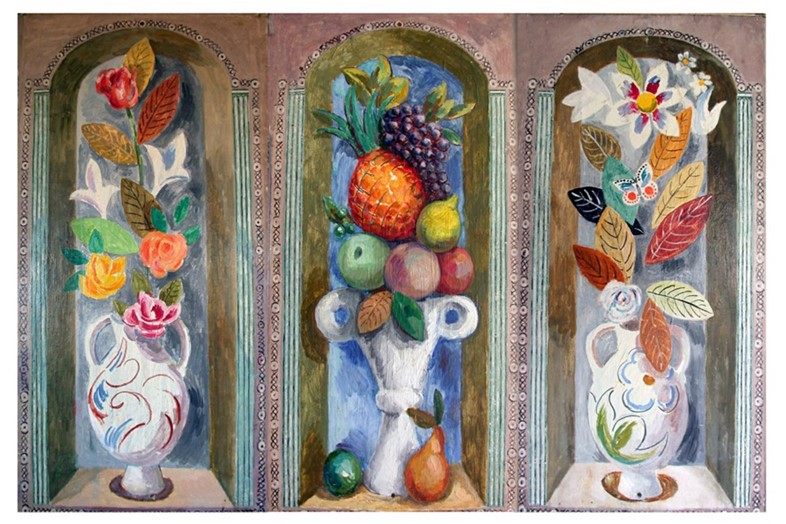
4. Murals
The diversity of Bell’s and Grant’s later public mural commissions is striking and worth remembering, particularly as few have survived. In the late-1930s Grant produced a series of symbolist panels for the first class lounge of the new Queen Mary transatlantic liner which, after an ‘unholy row’, were sadly never hung. During the Second World War, the pair collaborated on religious scenes for the walls of the ancient Firle village church in East Sussex, and even painted the story of Cinderella on the canteen-walls of Devonshire Hill Primary School at Tottenham in London (later sadly destroyed).
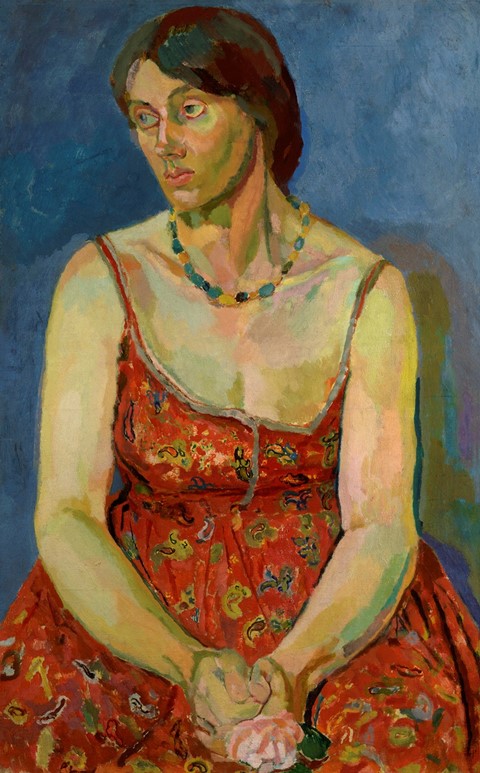
5. Textiles and Ceramics
Reflecting the geometry of the room in which they were placed, Bloomsbury carpets and rugs often contained abstract shapes in muted shades, while upholstery tended toward fluid brightly coloured shapes, often evoking springtime in Sussex and the South of France. Bell also designed a wide range of modern dresses. In her 1918 portrait by Grant she wears her loose patterned ‘gypsy dress' with risqué shoulder straps – while in Fry’s 1917 portrait of artist Nina Hamnett, Bell’s design is fitted, buttoned to the neck and printed with a restrained palette in geometric design.
Heals department store in London even held regular exhibitions of Bloomsbury ceramic designs – brightly coloured, hand-thrown earthenware crockery alongside the smooth monochrome neo-classical vases. For Bloomsbury, diversity was the keynote in all areas of art and design – as well as life.
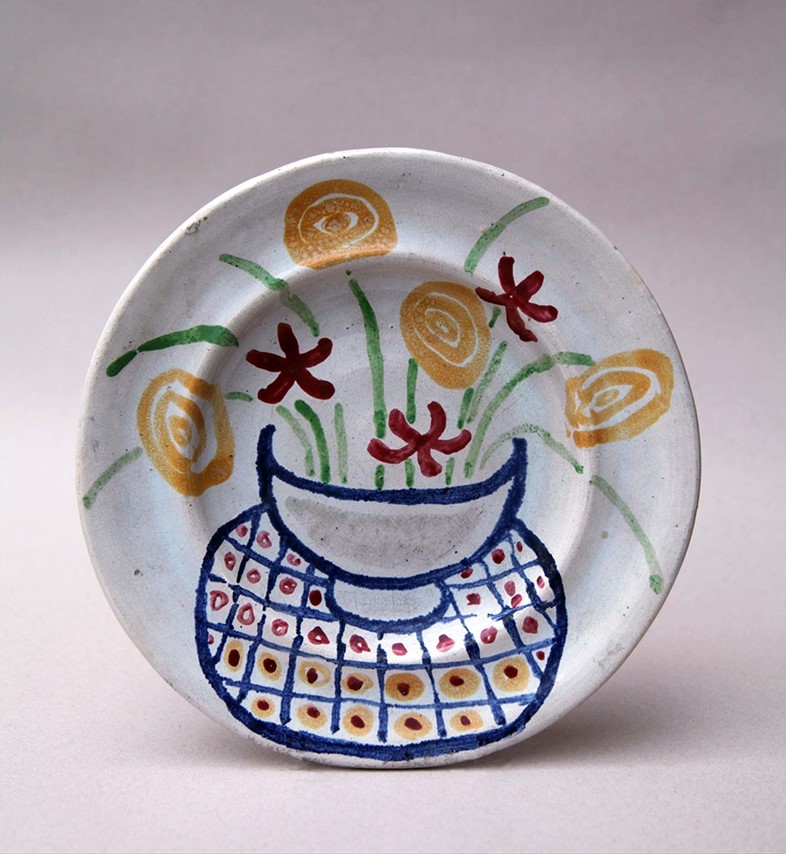
A Room of Their Own: Lost Bloomsbury Interiors 1914-30 runs until September 4 at Victoria Art Gallery, Bath.
